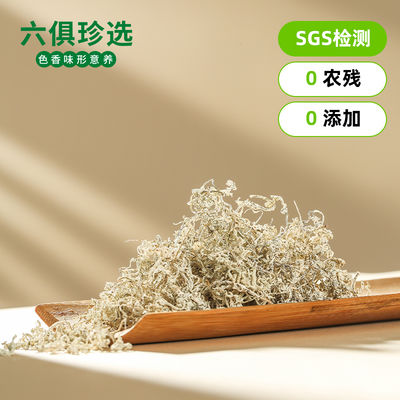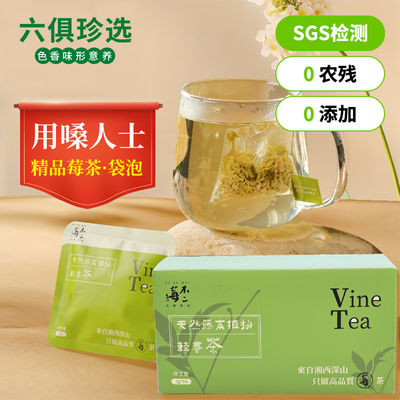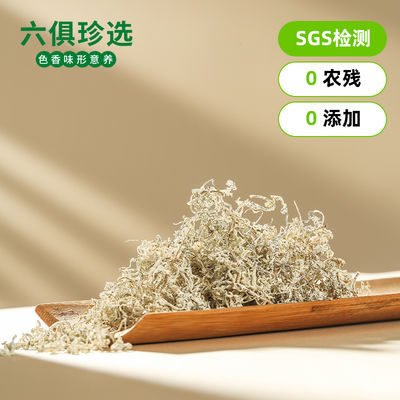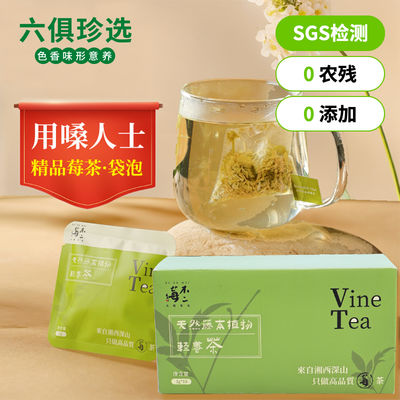-
حشره کش های بیولوژیکی
-
آفت کش های بیولوژیکی
-
حشره کش های طبیعی گیاهی
-
آفت کش های کشت ذرت
-
آفت کش های درخت میوه
-
آفت کش های محصولات برنج
-
آفت کش های محصولات پنبه ای
-
حشره کش درخت چای
-
قارچ کش بیولوژیکی
-
کود بیولوژیکی
-
ژل طعمه سوسک
-
قاتل آفات خانگی
-
قاتل لاروا پشه ها
-
Z-9-تریکوسن
-
طعمه ی کشنده ی مگس
-
طعمه کشنده مورچه ها
-
چای ارگانیک
حاوی ویتامین E، اسید آمینه، فلاونوئیدها، چای تخمیر شده، طعم شیرینی ماندگار

برای نمونه ها و کوپن های رایگان با من تماس بگیرید.
WhatsApp:0086 18588475571
وی چت: 0086 18588475571
اسکایپ: sales10@aixton.com
اگر نگرانی دارید، ما به صورت آنلاین 24 ساعته راهنمایی می کنیم.
x| برجسته کردن | چای تخمیر شده ویتامین E,چای تخمیر شده اسید آمینه,چای تخمیر شده با شیرینی ماندگار,Amino Acid Fermented Tea,Lingering Sweetness Fermented Tea |
||
|---|---|---|---|
- نام محصول:
- چای تخمیر شده
- مواد تشکیل دهنده:
- فلاونوئیدها / دی هیدرو میریستین
- مشخصات:
- 2 گرم
- مواد اولیه:
- Ampelopsis grossedentata
- روش نگهداری:
- مهر و موم شده، در سایه و خشک
- منشاء:
- یونگشون، هونان غربی
- ماندگاری:
- 24 ماه
محتوای هر 100 گرم چای خشک شده
| ترکیب | محتوا |
|---|---|
| کل محتوای اسید آمینه | 19.00% |
| فیبر غذایی کل | 27.90% |
| فلاونوئیدهای کل | 42% |
| ویتامین E | 18 میلی گرم |
| آنتوسیانین های کل | 178 میلی گرم |
| عناصر متعدد (مس، سلنیوم، کلسیم، آهن، روی) | 753.31 میلی گرم |
- کل فلاونوئیدها 120 برابر انگور است؛
- کل فیبر غذایی 16.41 برابر اسفناج است؛
- ویتامین E 19.57 برابر کرفس است؛
- کل محتوای آنتوسیانین 17.3 برابر سیب زمینی شیرین بنفش است؛
- مقدار کل اسیدهای آمینه 9.5 برابر میوه دوریان است.
افرادی که مکرراً از صدای خود استفاده می کنند، افراد میانسال و مسن، افراد کم تحرک، افراد اجتماعی، افراد با خواب ضعیف و افراد با "سه بالا" (فشار خون بالا، قند خون بالا و چربی خون بالا).
![]()
چای تخمیر شده که معمولاً به عنوان چای انگور، چای گانلو نیز شناخته می شود و همچنین به عنوان علف پری نامیده می شود، نام علمی آن "Ampelopsis grossedentata" است. در فارماکوپه هایی مانند "Jiu Huang Ben Cao" و "National Compilation of Chinese Herbal Medicines" به وضوح به عنوان یک گیاه انگور با همولوژی دارو و غذا مستند شده است. چای تخمیر شده سرشار از مواد فعال طبیعی مانند فلاونوئیدها، دی هیدرو میریستین و اسیدهای آمینه مختلف است. به دلیل اختلال در سلول ها در حین فرآوری، اجزای فعال موجود در سلول ها به سطح نفوذ می کنند و لایه ای از "یخبندان سفید" را تشکیل می دهند، از این رو نام "چای تخمیر شده". این چای نه تنها سرشار از فلاونوئیدها و دی هیدرو میریستین است، بلکه حاوی 17 اسید آمینه مانند لوسین، ایزولوسین و لیزین و همچنین 14 عنصر کمیاب ضروری برای بدن انسان مانند آهن، روی و مس است که به طور طبیعی وجود دارند.
![]()
- با نبوغ ساخته شده است، شیرینی ماندگاری دارد
- فقط 3-5 سانتی متر جوانه های لطیف را انتخاب کنید، با شش مرحله کنترل کیفیت
- سرشار از یخبندان، محتوای بسیار بالایی از مواد مغذی
- سوپ طلایی و شفاف است، تمیز و سالم
- باغ چای ارگانیک، با گواهی ها و صلاحیت های کامل، کیفیت و برند را تضمین می کند.
- طعم ضعیفی دارد و طعم ماندگار آن مشخص نیست
- هیچ استانداردی برای فرآیندهای برداشت و تولید وجود ندارد
- یخبندان کمی وجود دارد، محتوای مواد مغذی کم است
- سوپ کدر است و ناخالصی های زیادی دارد که یک خطر ایمنی است
چای از باغ های چای اکولوژیکی در کوه های عمیق هونان غربی می آید.
یونگشون، زادگاه چای تخمیر شده باستانی، در غرب هونان واقع شده است و دارای یک محیط اکولوژیکی طبیعی منحصر به فرد است که در بخش میانی کوه های Wuling قرار دارد. این محیط برای تجمع اسیدهای آمینه، دی هیدرو میریستین و فلاونوئیدها در چای توت مفید است که کیفیت منحصر به فرد چای یونگشون را تشکیل می دهد. چای تخمیر شده یونگشون یک تخصص از استان خودمختار شیانگیی توجیا و میاو در استان هونان و یک محصول نشانگر جغرافیایی ملی چین است.
- چیدن چای
- انتخاب
- پژمرده شدن
- تثبیت
- غربالگری
- غلتاندن
- شکستن
- انباشتن
- تخمیر
- خنک کننده
- افزایش دما
- پخت اولیه
- افزایش عطر
- انتخاب
- درجه بندی
سطح چای تخمیر شده سرشار از کرم پروتئین گیاهی است، لطفاً چای را نشویید.
- با آب جوش بالای 95 درجه سانتیگراد پر کنید، زیرا آب چشمه کوه طعم را افزایش می دهد.
- افزودن 2-5 گرم برگ چای به فنجان (با 300-500 میلی لیتر آب).
- در عرض 30 ثانیه بنوشید، می توان آن را سه بار تکراراً دم کرد.

- نیازی به شستن چای نیست. اولین دم عصاره است و می توان آن را 2-3 بار تکراراً دم کرد؛
- طعم ممکن است به دلیل تفاوت در دمای آب، حجم آب، مقدار برگ چای و مدت دم کردن متفاوت باشد.
- پس از چشیدن، لطفاً از شیرینی ماندگار چای تخمیر شده لذت ببرید. این چای حاوی تئوفیلین نیست، بنابراین پس از نوشیدن شما را هیجان زده نمی کند. برای همه سنین مناسب است.
- برای اطمینان از اینکه از بهترین تازگی و تردی لذت می برید، توصیه می شود آن را در عرض 2 ماه مصرف کنید.






